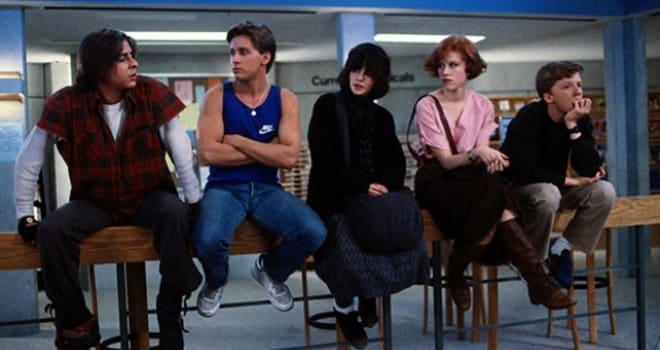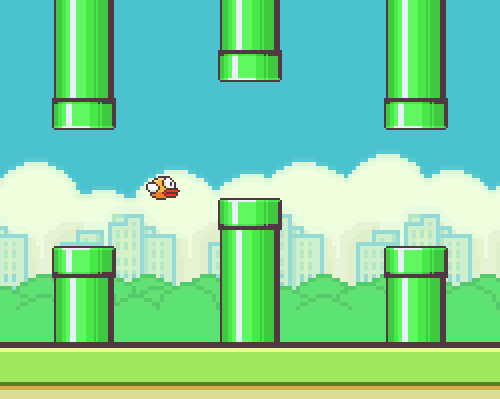A 2D sidescroller, which satirises 90's TV sitcoms. The game features a branching narrative, which serves as the core driving aspect of game play - players must unlock all the possible plot and narrative possibilities by completing the levels with all combinations of characters.

The game mechanics follow the formula of Super Mario World, where the MC takes a 'journey' - a string of pearls narrative, as he reaches the inevitable ending of the game. 'Anatomy of a Sitcom Plot Recipe', creating a multi-branching tree of 'what if' single narratives that the player is in control of unlocking – this is the purpose of the game.
Players take control of an ensemble team of 6 unique characters, which are all players at the same time and cycled through by the player as they traverse each level - similar to 'Little Big World'. Each character is based on typical TV character tropes:
Players begin in a game lobby, where you select which character starts off. The game always begins and ends in this central location, with the same characters - much like an episodic TV sitcom. What makes the game interesting is the 'butterfly effect'-like theme, which changes levels and narratives slightly or drastically. Each time a player completes a narrative in a unique way - a different narrative unfolds, with different levels unlocked.
The levels take after the narrative formula, in the form of Acts:

Each 'level' may be the same in same cases, or lead to completely new levels and plot developments, depending on the circumstances of how the level was reached. Much like TV sitcoms back in the day, will feature the full spectrum of TV known tropes - ranging from ridiculous OTT sci-fi situations, romance tropes, and 4th wall breaking meta (i.e. the game characters are self-aware, know they are game characters).
In this game, no one really 'dies', but lead to one of many possible endings. Of course, if all your characters die, or you find yourself following the exact same path, you purpose of unlocking all narrative and endings will be effectively stymied. This is how the game handles the staple concept of 'lives' in video game lore - you don't every experience a 'game 'over' screen, but practically you never finish.
Essentially this game explores all things memorable able TV sitcoms of the 1990s. It is deliberately methodical in approach, and out rightly uses the stale, linear format, and to explore how this exact constraint made TV sitcoms so diverse.
Platform: Gaming consoles: Microsoft Xbox One, PlayStation 4, Nintendo Wii U.
Target Audience: Young Adults/ Adults.
Reference Images:
http://www.moviefone.com/2015/10/23/the-breakfast-...
https://gifsoup.com/view/888126/senor-chang-paintb...
Mocking Bird, similar to Flappy Bird in both name and composition, has a twist that re-purposes a classic 2D side-scrolling recipe into a serious aid for helping vocalists alongside vocal training.

Mocking Bird follows the Flappy Bird recipe: control a cartoon bird as the environment scrolls to the left, while moving up and down to avoid obstacles. Like its predecessor, simplicity is key. The twist, which allows this iteration top serve a wider purpose, is that controls down comes from the touchscreen, but from noise - more specifically, the player's voice.

In Mocking Bird, from when the game-play begin, control is derived from the player's voice:
- Volume controls the character's acceleration (forward acceleration);
- Pitch/tone controls the character's elevation (up and downward movement);
- The rate of change in volume/pitch/tone controls how quickly and suddenly the character moves forwards/up/down;
- When no noise is made, the environment still scrolls to the left, albeit in a slow pace.
Used alongside a simple game mechanic of moving a character around obstacles, Mocking Bird makes vocal practise into a fun, gamified exercise.
The game will offer three difficulties of easy, medium, hard, which is reflected by the gap allowed between obstacles, and the speed of scrolling. Naturally, at higher difficulties with smaller gaps require players to have better precision in the notes they are producing/holding/changing.
Additional content can be downloaded, which create levels modelled after songs a vocalist may want to practice. The familiarity of certain genres (like Pop for example) also create a options for professional sponsorship of artists creating sponsored content, as well as having a good marketability to audiences other than musicians.
Although Mocking Bird uses the typical 2D side-scrolling game mechanic as a vehicle, emphasis is kept on improving vocal ability – rather than conquering a game. More specifically, it is intended that playing this game would improve a players ability to:
- Produce pitch/tones accurately;
- Hold notes at a stable volume, while maintaining consistent tone/pitch;
- Extend their vocal range (at least wider than before they started);
- Have fun in the gamification of vocal training, that they are encouraged to practice more often;
- Trill like Beyoncé.
Platform: Mobile platforms.
Target Audiences: Teenagers who like pop music/karaoke, vocalists.
Reference Images:
http://www.appvirality.com/blog/flappy-bird-app-ge...
http://www.become-a-singing-master.com/vocal-train...